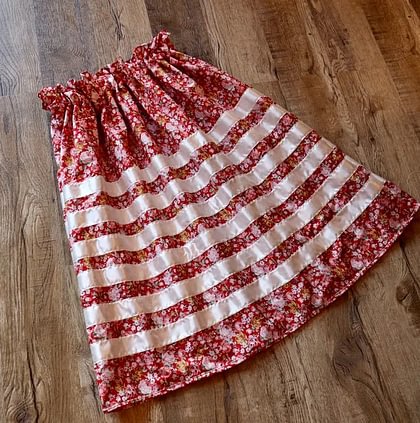The ribbon skirt holds a significant place in various Indigenous cultures, particularly among Native American and First Nations communities. This beautiful garment is more than just an item of clothing; it embodies a rich tapestry of history, identity, and empowerment. In this article, we will explore the origins, cultural significance, and contemporary relevance of the ribbon skirt.
Historical Background
The ribbon skirt tradition dates back centuries, originating from the Plains Indigenous tribes, where it was traditionally worn by women during ceremonial events and gatherings. The skirt is adorned with colorful ribbons that are often sewn onto the fabric, symbolizing different meanings and stories unique to each maker. Traditionally, the ribbon skirt was crafted from soft fabric like cotton or wool, allowing for comfort and mobility, especially during dancing and celebrations.

Cultural Significance
Ribbon skirts serve multiple purposes in Indigenous cultures. They are often worn during special ceremonies, powwows, and community gatherings, acting as a powerful statement of identity and pride. Each ribbon and color can represent various aspects of life, including family, community, and spiritual beliefs. By wearing a ribbon skirt, individuals express their connection to their heritage and the stories of their ancestors, making it a vital part of cultural preservation.
Additionally, the act of making a ribbon skirt is a deeply personal process. Many women learn the craft from their mothers or grandmothers, creating a bond that transcends generations. The creation of these skirts is also seen as a form of resistance against cultural assimilation and a way to reclaim Indigenous identity.